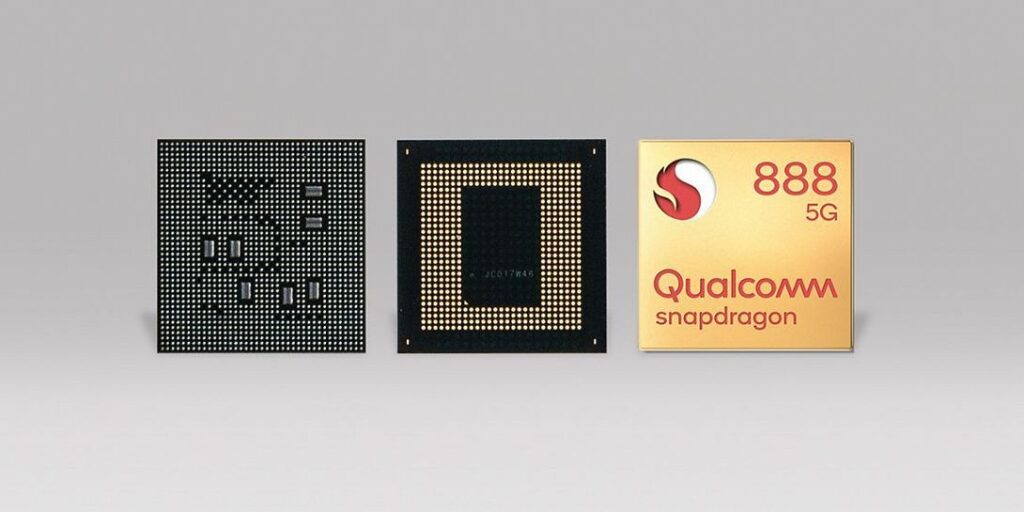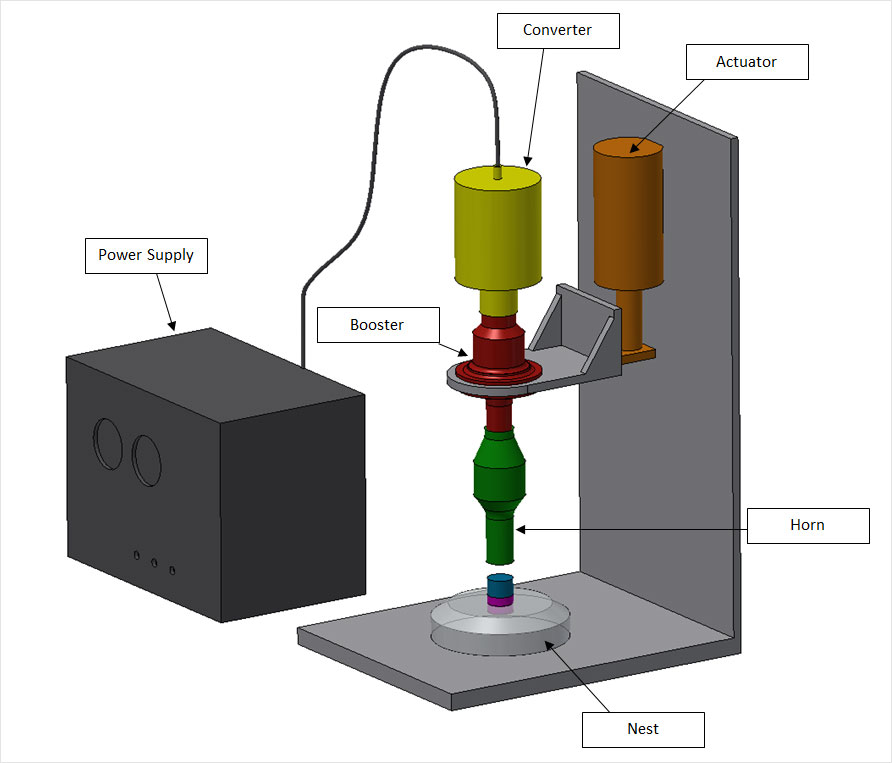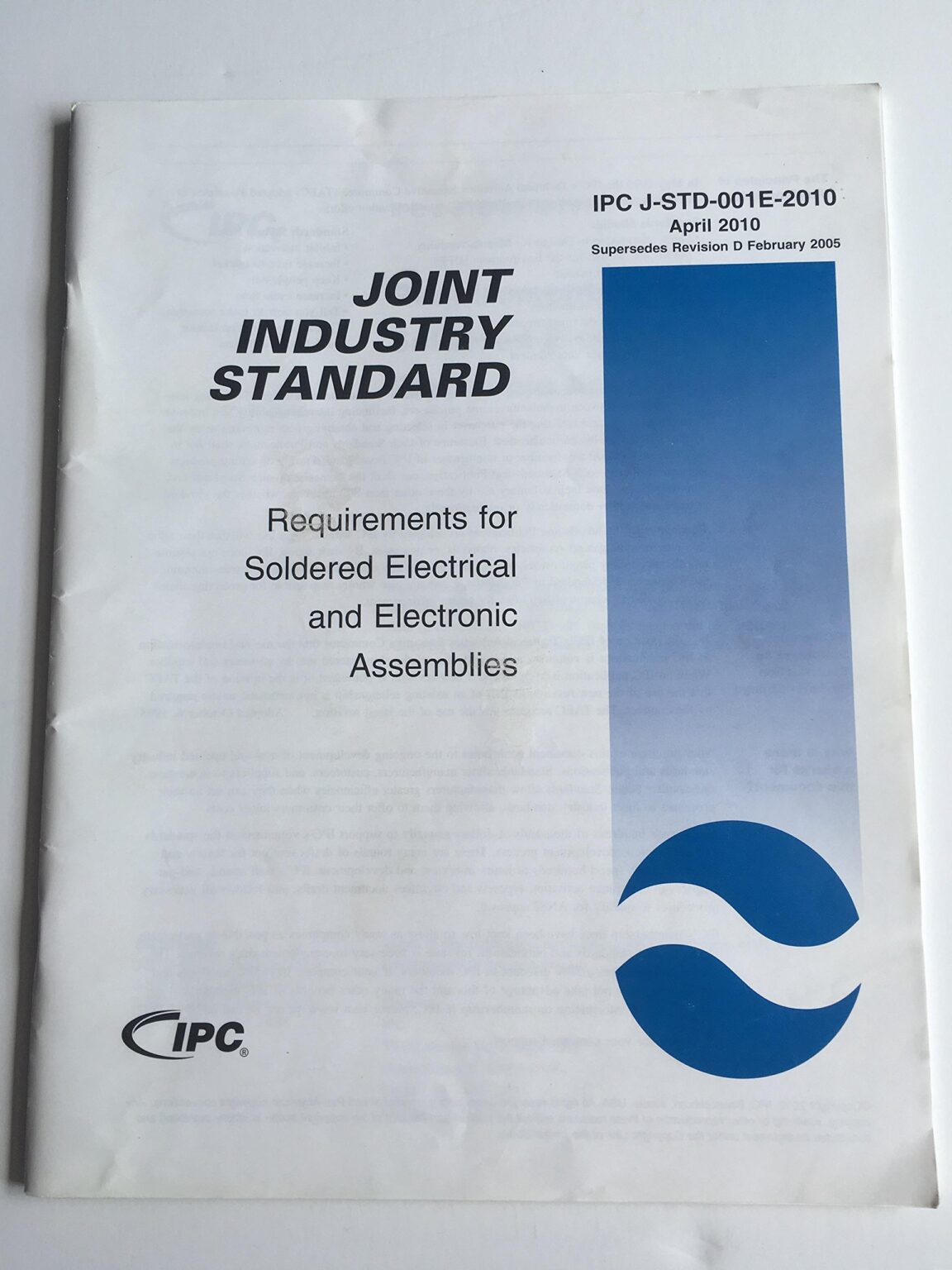-
LGA vs BGA: Which One is Right for You?
05/26/2023 at 06:47 • 0 commentsIn the world of electronic components, the choice between Land Grid Array (LGA) and Ball Grid Array (BGA) packaging plays a crucial role in determining the performance and reliability of integrated circuits. This article aims to provide a comprehensive comparison of LGA and BGA, outlining their characteristics, advantages, and considerations. By understanding the differences between LGA and BGA, you can make an informed decision on which packaging option is best suited for your specific application needs.
![]()
LGA: Land Grid Array
LGA is a surface-mount packaging technology where the package has an array of metal pads on the substrate. The integrated circuit (IC) is mounted on top of the pads, and the connection is made through soldering or conductive adhesive. LGA packages do not have solder balls but rely on the metal pads for electrical and mechanical connections.
Advantages of LGA:
- Improved thermal performance due to the direct contact between the IC and the PCB, allowing for efficient heat dissipation.
- Easy inspection and rework as there are no hidden solder joints.
- Less prone to solder joint failure and cracking compared to BGA.
BGA: Ball Grid Array
BGA is a packaging technology where the IC is mounted on a substrate, and the electrical connections are made using an array of solder balls on the bottom of the package. The solder balls act as both electrical and mechanical connections to the PCB.
Advantages of BGA:
- Higher pin density allows for more connections in a smaller area, making BGA suitable for complex and high-performance integrated circuits.
- Better electrical performance and signal integrity due to shorter electrical paths and reduced inductance.
- Improved resistance to mechanical and thermal stresses, making BGA packages more robust in demanding environments.
Considerations for Choosing Between LGA and BGA
When deciding between LGA and BGA, several factors should be considered:
- Packaging Size: If size constraints are critical, BGA is typically the preferred choice due to its higher pin density and smaller footprint.
- Thermal Considerations: If thermal management is a priority, LGA's direct contact with the PCB enables better heat dissipation.
- Manufacturing Process: BGA packages require more complex manufacturing processes, such as precise ball alignment and reflow soldering, which can impact production costs.
- Accessibility and Rework: LGA packages offer easier inspection and rework capabilities compared to BGA, as the connections are visible and accessible.
- Application Requirements: Consider the specific requirements of your application, such as electrical performance, reliability, and environmental conditions.
Conclusion
The choice between LGA and BGA packaging depends on various factors, including size constraints, thermal considerations, manufacturing processes, and application requirements. Both LGA and BGA offer unique advantages, and understanding their differences is crucial in making an informed decision. By carefully evaluating your specific needs and considering the pros and cons of each option, you can select the right packaging technology to optimize the performance, reliability, and manufacturability of your integrated circuits.
Related Article:
-
Ultrasonic Welding: A Powerful Tool for Joining Materials
05/26/2023 at 06:44 • 0 commentsIntroduction
Ultrasonic welding is a highly effective and widely used technique for joining materials together. It utilizes high-frequency ultrasonic vibrations to create strong and reliable bonds between different types of materials. This article provides an overview of ultrasonic welding, explaining its principles, applications, and benefits.
![]()
Principles of Ultrasonic Welding
Ultrasonic welding operates on the principle of mechanical vibration. The process involves applying high-frequency (typically 20 kHz to 70 kHz) ultrasonic vibrations to the materials being joined. These vibrations generate heat through friction at the interface of the materials, causing localized melting and subsequent fusion. The ultrasonic vibrations are transferred to the materials using a specialized tool called a sonotrode, which applies pressure and vibration to the joint area.
Applications of Ultrasonic Welding
Ultrasonic welding finds applications in various industries, including automotive, electronics, medical, packaging, and textiles. It is commonly used for joining plastics, as well as dissimilar materials such as metal and plastic. Some specific applications include:
- Assembly of electronic components
- Sealing and welding of plastic containers
- Bonding of automotive parts
- Joining of medical devices
- Textile lamination
Benefits of Ultrasonic Welding
Ultrasonic welding offers several advantages over traditional joining methods:
- Speed and Efficiency: Ultrasonic welding is a rapid process, with weld cycles typically ranging from milliseconds to seconds, depending on the size and complexity of the joint.
- Strength and Durability: The resulting welds are strong, hermetic, and resistant to vibration, making them suitable for demanding applications.
- No Consumables: Unlike adhesive bonding or thermal methods, ultrasonic welding does not require additional materials such as adhesives, solvents, or fasteners, reducing production costs.
- Automation Potential: Ultrasonic welding can be easily integrated into automated assembly lines, allowing for high-volume production and consistent weld quality.
- Environmentally Friendly: As a solid-state joining process, ultrasonic welding does not generate smoke, fumes, or hazardous byproducts, making it environmentally friendly.
Conclusion
Ultrasonic welding is a powerful and versatile technique for joining materials. Its ability to create strong and reliable bonds quickly and efficiently has made it a preferred choice in various industries. With its numerous benefits, including speed, strength, and automation potential, ultrasonic welding continues to revolutionize manufacturing processes and contribute to advancements in product development.
Related Article:
-
IPC-J-STD-001: The Standard for Soldering Assemblies
05/26/2023 at 06:41 • 0 commentsIPC-J-STD-001: The Standard for Soldering Assemblies
IPC-J-STD-001 is a widely recognized industry standard developed by the Association Connecting Electronics Industries (IPC) for the soldering of electronic assemblies. This comprehensive standard provides guidelines and requirements for the soldering process, ensuring the reliability and quality of soldered connections in electronic components.
![]()
Ensuring Consistency and Reliability
The IPC-J-STD-001 standard covers various aspects of soldering assemblies, including materials, methods, and workmanship. It defines the criteria for soldering processes, component mounting, and inspection to ensure consistent and reliable solder connections.
The standard specifies requirements for soldering technologies, such as wave soldering, reflow soldering, hand soldering, and repair/rework procedures. It establishes criteria for solder joint acceptability, soldering fluxes, cleanliness requirements, and the proper use of soldering tools and equipment.
Training and Certification
IPC-J-STD-001 also emphasizes the importance of training and certification for soldering operators and technicians. It provides guidelines for the necessary skills, knowledge, and training programs required to achieve high-quality soldering workmanship. Proper training and certification help ensure that soldering processes are performed correctly, minimizing the risk of soldering defects and failures.
Companies that adhere to the IPC-J-STD-001 standard demonstrate their commitment to producing reliable electronic assemblies. They invest in training their personnel to meet the standard's requirements, resulting in consistent and high-quality soldering workmanship.
Industry-wide Adoption
The IPC-J-STD-001 standard is widely adopted and recognized throughout the electronics manufacturing industry. It serves as a reference for companies involved in the design, production, and assembly of electronic components and printed circuit boards (PCBs).
Compliance with the IPC-J-STD-001 standard is often required by customers, regulatory bodies, and industry certifications to ensure the reliability and quality of electronic assemblies. Adhering to the standard helps manufacturers meet customer expectations, reduce defects, and improve overall product performance.
Conclusion
The IPC-J-STD-001 standard plays a crucial role in ensuring the reliability and quality of soldered electronic assemblies. By providing comprehensive guidelines for soldering processes, materials, and workmanship, the standard helps manufacturers produce consistent, high-quality solder connections.
Adhering to the IPC-J-STD-001 standard not only helps companies meet industry requirements but also promotes customer confidence and satisfaction. Through proper training and certification, soldering operators and technicians acquire the necessary skills to perform soldering workmanship in accordance with the standard's specifications.
Related Article:
My Pages
Projects I Like & Follow
Share this profile
ShareBits
Become a Hackaday.io Member
Create an account to leave a comment. Already have an account? Log In.



 Lutetium
Lutetium Brijesh Sondarva
Brijesh Sondarva tehaxor69
tehaxor69